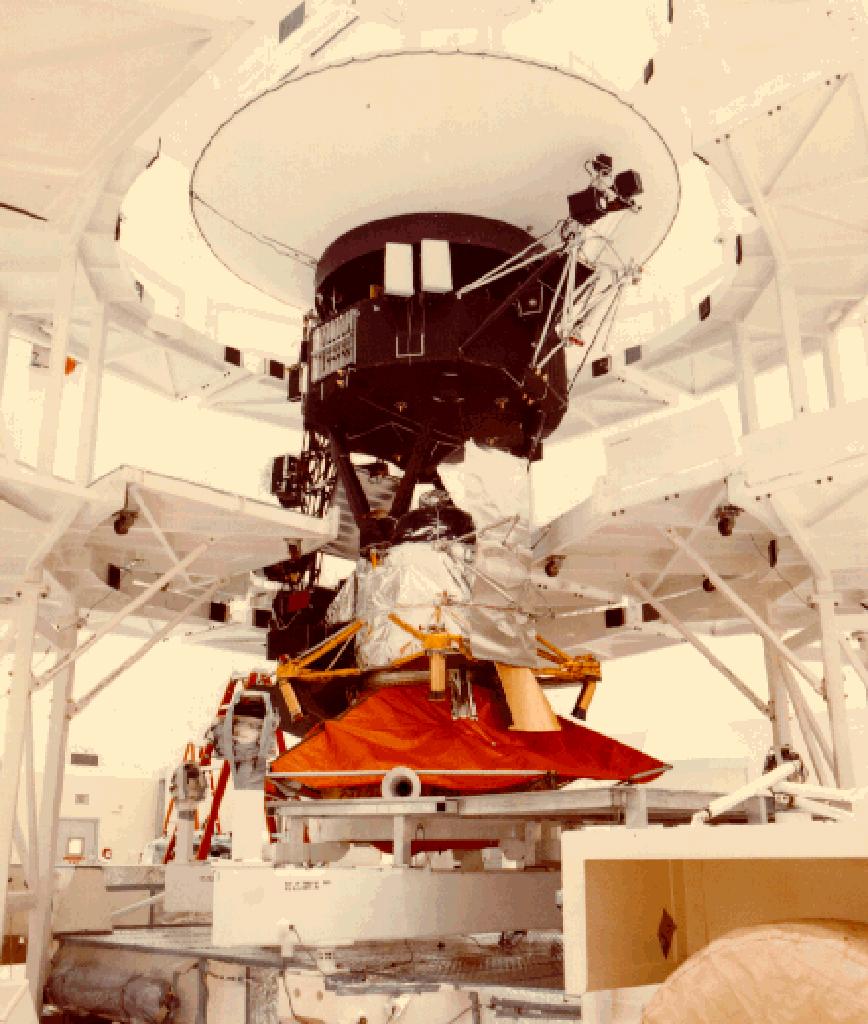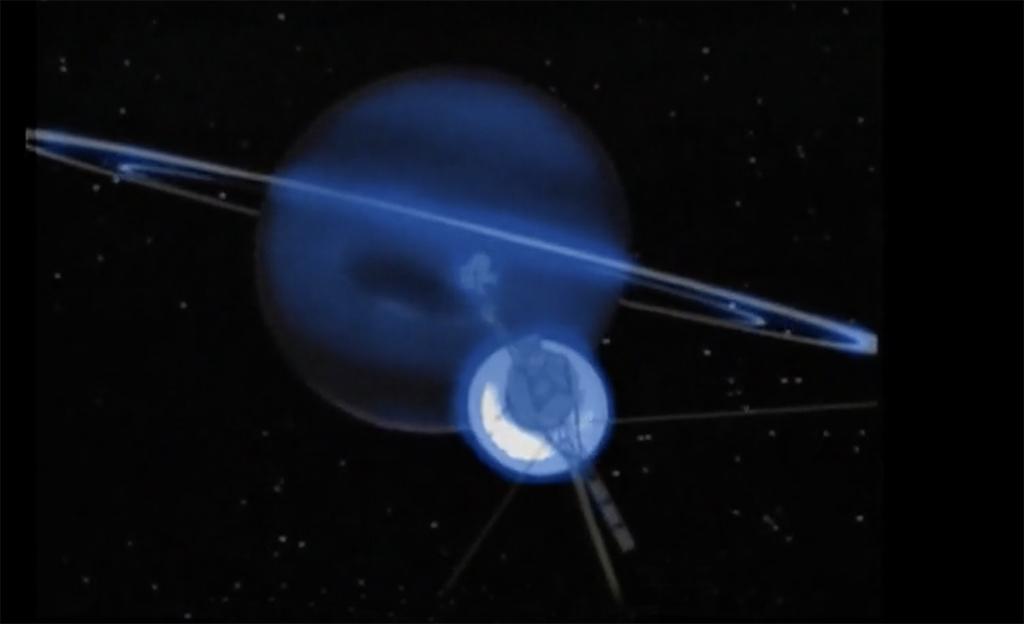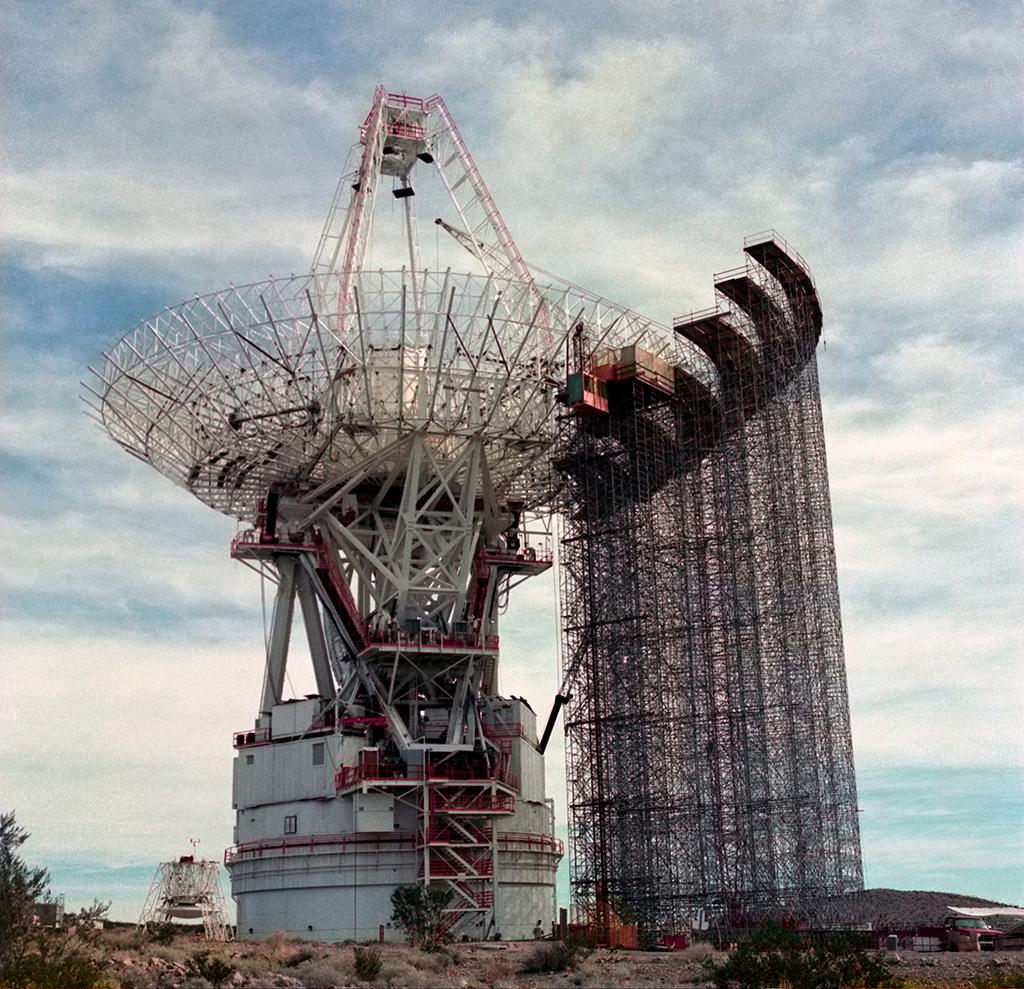Like a "Greatest Hits of the Solar System," Voyager I and II have delivered spectacular images and information from their 40-year journey. They lost their cameras long ago, to preserve power and memory, but the two probes continue to inform scientists about the realm beyond planets as the spacecraft progress beyond the influence of the Sun.
Editor's note: This gallery was updated to correct the measurements of NASA's satellite dishes.







